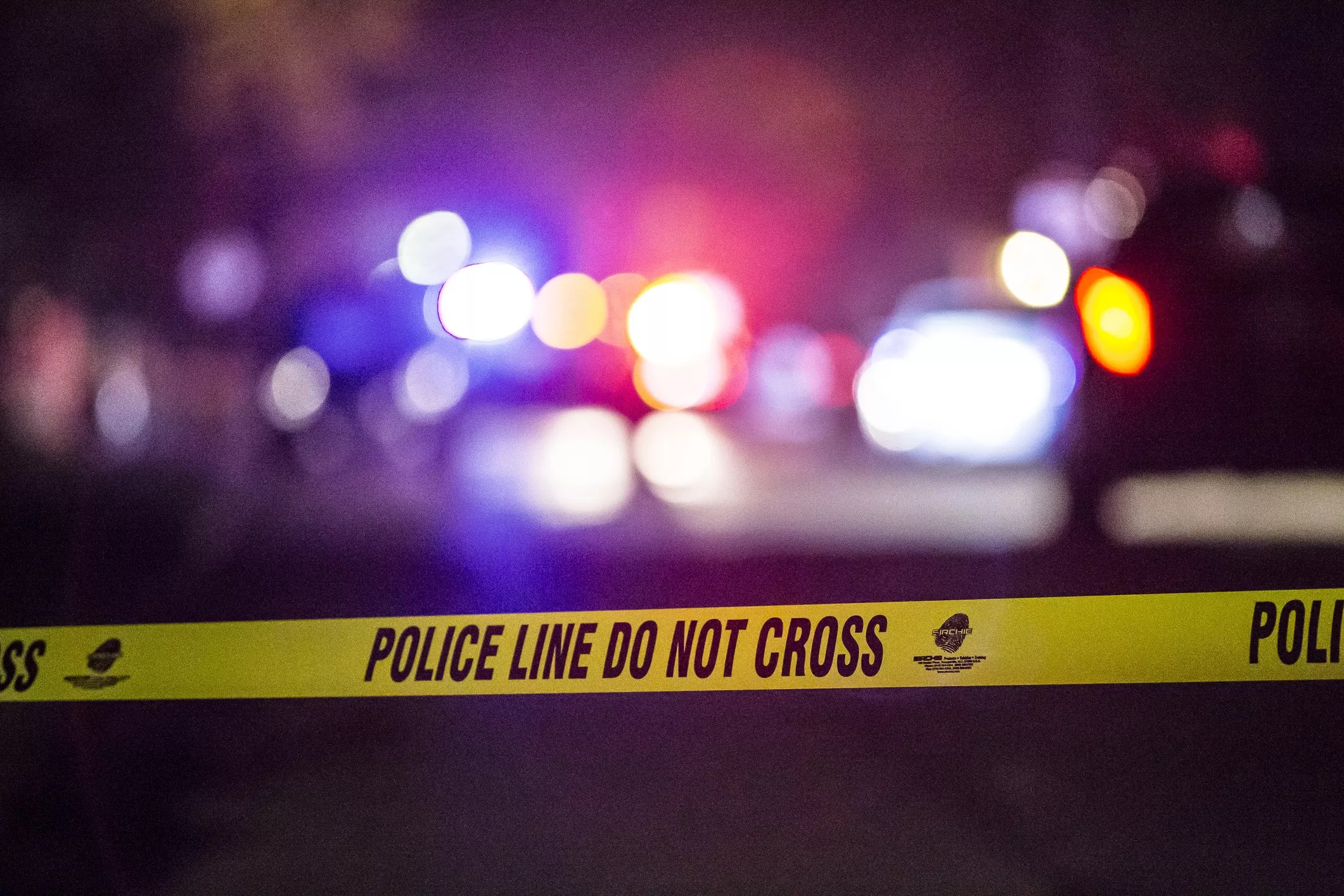
Brian Sevald

Audio By Carbonatix
Some opponents of stricter gun laws argue that criminals will use firearms regardless of regulations because, well, they’re criminals. One could make a similar argument about the correlation between low lighting and crime. Do criminals only lurk when there are shadows to lurk in? The answer may not be as clear cut as some Dallas city officials think.
According to The Washington Post, this correlation is something criminologists have been wondering about for a while. Studies that have come out over the last three decades indicate that increased lighting had little to no effect on deterring crime. In fact, according to the Post, one study based in Chicago saw crime increase in some areas where better lighting had been installed.
When high violent crime rates plagued Dallas last year, as they continue to do, Dallas Police Chief U René Hall and Mayor Eric Johnson put together their own public safety plans. The mayor’s plan called for increased lighting to deter crime.
The task force’s report said this is a proven method of crime-stopping.
Mentioned in the report is a pilot program that installed lights in some of New York City’s most crime-ridden areas. The nighttime index crimes fell by 36%. This includes a reduction in murders, robberies and aggravated assaults. The program deployed nearly 400 temporary lighting towers in the public housing projects in the area and left them there for six months.
Dallas wants to do something similar.
Increasing street lighting is one of several ways the city is looking to fix its crime problem with less help from the police.
Despite opposition from the mayor and several other council members during this year’s budget talks, the city cut $7 million from DPD’s $24 million overtime fund. The money was reallocated to hire 95 civilian employees at the police force, provide funding for violence interrupters – people who can resolve conflict and stem violence from within their communities – and increase street lighting for neighborhoods. Some of these plans are beginning to come to fruition.
Last week, the City Council was briefed on the “priority improvement zones and aligned strategic streetlighting plan.” The multi-department plan would replace all streetlights in Dallas with LEDs to make the city brighter and could cost over $200 million. It’s a hefty price tag, especially during a pandemic.
Because of this, the plan identifies priority zones with the most need for increased lighting. Sixteen of these zones were chosen based on several factors, including crime statistics from the Dallas Police Department and the economic needs in the communities.
Last summer, community activists with Guerilla Mainframe and Black Empowerment Movement walked the Highland Park Apartments, dealing with crime and homelessness. The apartment complex is in one of the zones identified by the lighting plan. They had an arrangement with the owner of the complex: They would patrol the area if they could have an apartment to use as their headquarters.
Their role in the community was similar to the violence interrupters proposed by the city. According to crime statistics provided to the complex manager by the police, there was a significant decrease in crime during the time the activists were conducting their patrols.
Yafeuh Balogun, one of the activists who led the patrols, said he supports having better lighting in high crime areas and that it can be helpful in preventing criminal behavior, as well as make residents feel safer. But is it more than a feeling?
According to the Post, a study found that people often just associated well-lit areas with being more trustworthy. Despite this, the jury is still out on whether lights can make communities safer. If they can’t, with the way things are going in Dallas, residents could still use the placebo effect.